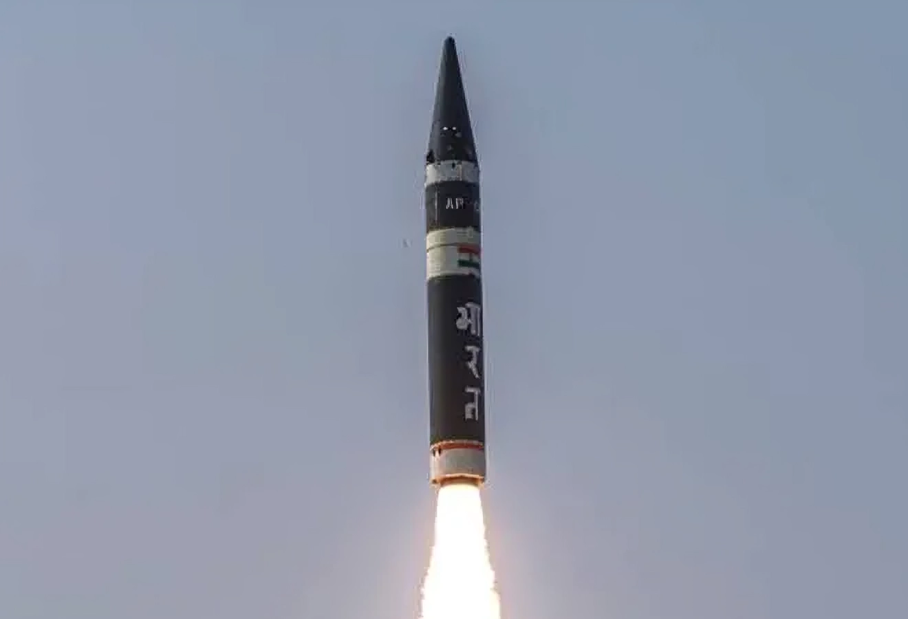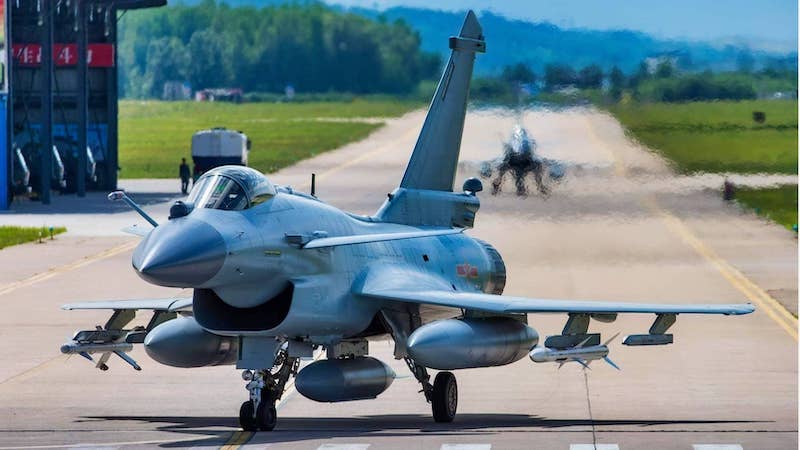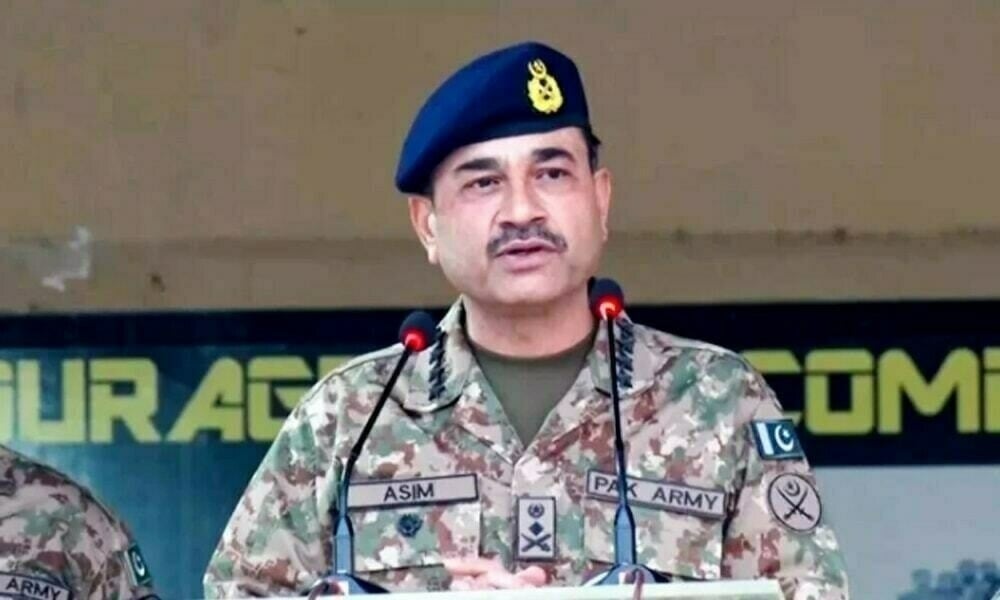India Accelerates Development of Bunker-Buster Variant of Agni Missile for Deep Underground Strikes
India is intensifying efforts to develop a powerful bunker-buster version of its Agni missile system, capable of striking deeply buried…
Air Marshal S Sivakumar Assumes Charge as Air Officer-in-Charge Administration at Air HQ
Air Marshal S Sivakumar, VSM, has taken over as the Air Officer-in-Charge Administration (AOA) at Air Headquarters in New Delhi,…
White House Confirms US-India Trade Deal ‘Very Close’, Calls India a ‘Very Strategic Ally’
The White House on Monday reaffirmed that a long-anticipated trade agreement between the United States and India is nearing finalisation,…
Iran Set to Acquire Chinese J-10C Fighter Jets After Devastating Israeli Strikes
Following its military’s inaction during a wave of Israeli and American airstrikes last month, Iran is now preparing to bolster…
Captain Anuj Nayyar’s Belongings Donated to Army After 26 Years, Now Displayed at Kargil War Museum
In a deeply emotional tribute, Meena Nayyar, the mother of Kargil War hero Captain Anuj Nayyar, has donated her son’s…
Asim Munir Provokes Tensions Again, Calls Terror in Kashmir a ‘Legitimate Struggle’
In a provocative address at the Pakistan Naval Academy in Karachi, Pakistan's Chief of Army Staff, Field Marshal Asim Munir,…






